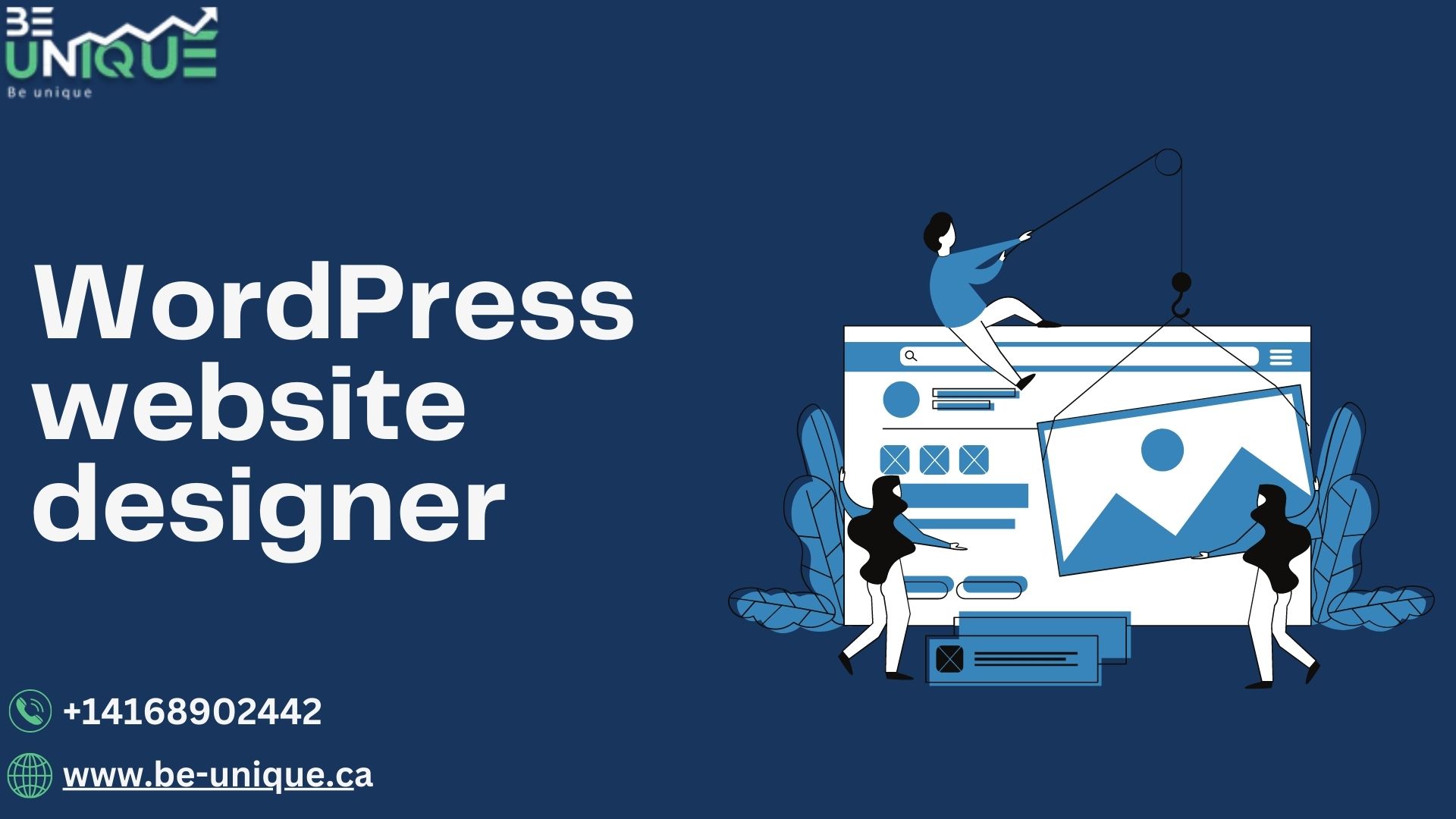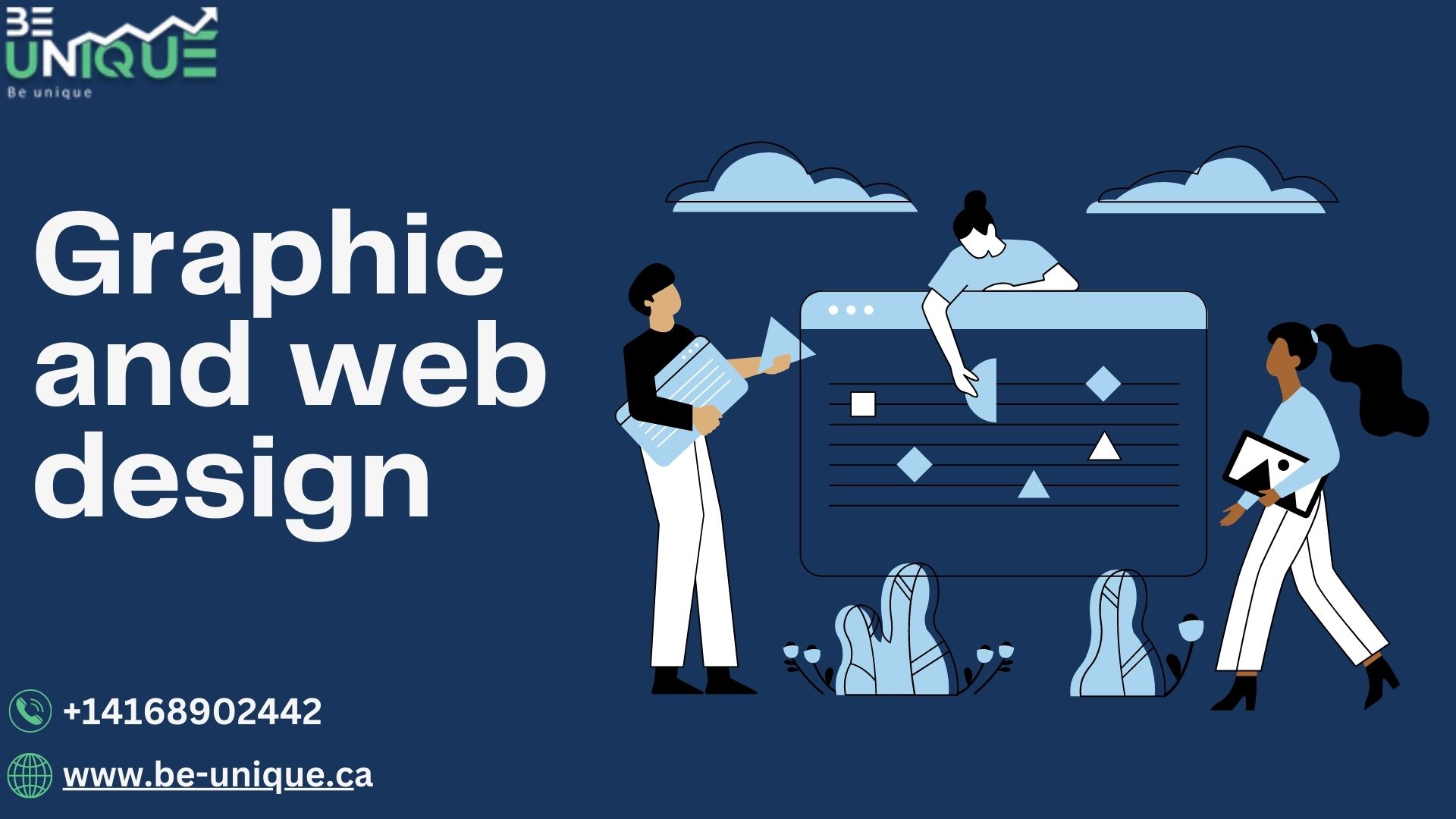Introduction
Graphic and web design are two dynamic fields that shape the digital landscape we interact with every day. These disciplines, although distinct, share a common purpose: visual communication. In this article, we embark on a journey to unravel the world of graphic and web design, understanding their unique characteristics, and recognizing their paramount importance in today’s digital age.
While graphic and web design have their own specific roles, they often intertwine and collaborate to create cohesive digital experiences. From maintaining visual consistency to enhancing user experience and establishing branding identities, their interplay creates a harmonious fusion of creativity and functionality.
In this article, we will explore the key distinctions between graphic and web design, delve into the essential skills required for each, and shed light on the pivotal role of a graphic design agency in web design. Additionally, we will discuss the question of which field is better suited for individuals based on their interests, skills, and career aspirations.
Join us on this insightful journey as we unravel the fascinating world of graphic and web design, and discover how these disciplines shape our digital interactions and leave a lasting impact on the ever-evolving digital landscape.
What is graphic and web design?
Graphic and web design are two distinct yet closely related fields that play a crucial role in shaping the digital landscape. Both disciplines involve the creative process of visual communication, but they differ in terms of medium and purpose. In this article, we will explore the world of graphic and web design, their key characteristics, and the importance they hold in today’s digital age.
Graphic design is the art of visual communication that combines text, images, colors, and other elements to create visually appealing and impactful designs. It encompasses various forms such as advertisements, logos, brochures, packaging, and more. The primary purpose of graphic design is to convey a message, evoke emotions, and establish a visual identity for businesses or brands.
Web design, on the other hand, focuses on creating visually engaging and user-friendly interfaces for websites and web applications. It involves the arrangement and presentation of content, user interface design, and overall user experience. Web design considers factors such as accessibility, responsiveness, and interactivity to ensure optimal functionality and aesthetic appeal on different devices and platforms.
Graphic and web design often intersect and collaborate to create cohesive and engaging digital experiences. Here are some key aspects of their interplay:
Visual Consistency: Graphic design establishes branding elements and visual styles, which are then incorporated into web design to maintain a consistent and recognizable brand identity across various online platforms.
User Experience: Web design utilizes graphic design principles to enhance the user experience by creating intuitive navigation, visually pleasing layouts, and clear visual hierarchy. By applying their expertise in both graphic and web design, designers can ensure that users have a seamless and enjoyable experience while interacting with websites.
Branding and Identity: Both graphic and web design contribute to building a strong brand image, communicating the values and personality of a business or organization through visual elements.
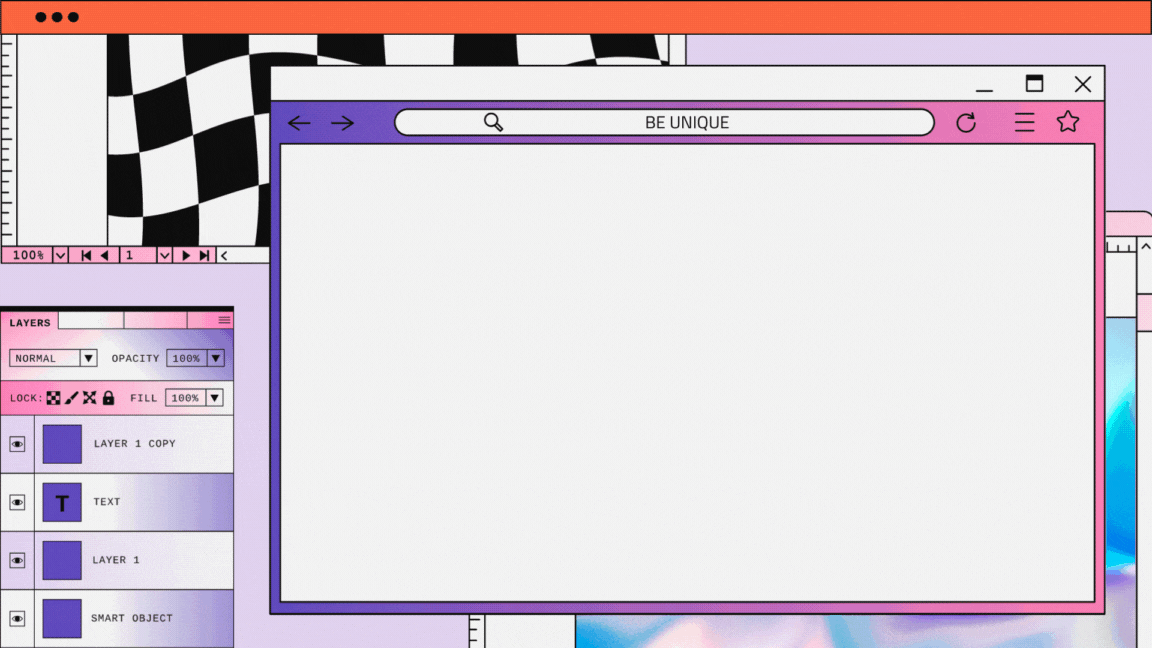
Graphic Design vs Web Design - What's the Difference?
Web design and graphic design are two distinct disciplines that play a crucial role in creating visually appealing and user-friendly experiences. Understanding the differences between graphic and web design is essential for effective search engine optimization (SEO). Here are the key distinctions between them:
Technical Skills:
One of the key distinctions between graphic and web design is the required technical skills. Web designers need proficiency in HTML, CSS, and web-specific tools to create designs optimized for the online environment. On the other hand, graphic designers enjoy more flexibility and face fewer technical constraints in their design process.
Medium and Interactivity:
When it comes to graphic and web design, the medium and interactivity levels differentiate them. Web design, being a dynamic medium, allows for interaction and user engagement. Users can navigate through webpages, interact with elements like buttons, and experience motion graphics and videos. In contrast, graphic design predominantly involves static visuals that are observed without interactive elements.
Dynamic vs. Permanent:
One of the key distinctions between graphic and web design lies in their inherent nature of being dynamic or permanent. Web design offers inherent dynamism, allowing for changes and updates to adapt to evolving trends and business requirements. Websites can undergo complete redesigns periodically to meet new demands. On the other hand, graphic design, once printed or finalized, tends to be permanent and less easily modifiable.
DPI and Image Considerations:
When it comes to graphic and web design, designers must consider DPI and image optimization differently for each medium. Web designers often need to downsize and optimize images to ensure proper file sizes and loading times. Images for the web are typically saved at 72 DPI. In contrast, graphic design for printed materials requires higher resolution at 300 DPI to ensure quality. This discrepancy arises from the different pixel dimensions needed for web display versus print.
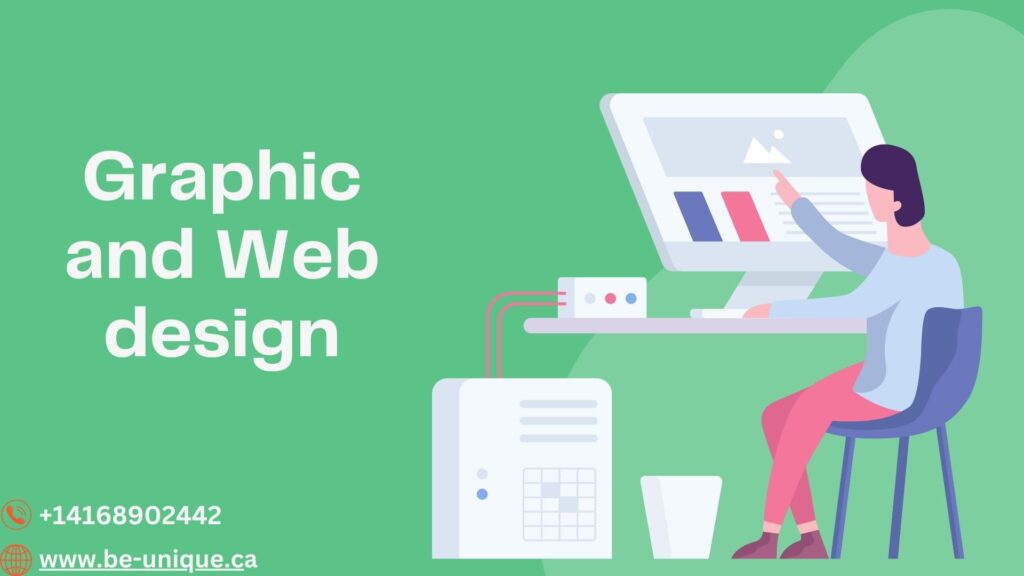
-
Typography Constraints:
-
Ongoing Maintenance:
-
Collaboration:
What does graphic design agency do in web design?
A graphic design agency plays a vital role in web design by leveraging their expertise in both graphic and web design disciplines. They bring their knowledge of visual aesthetics, branding, and user experience to create visually stunning and engaging websites. The agency establishes the website’s visual identity, incorporating elements such as logos, color schemes, and a consistent visual language that aligns with the brand’s objectives.
In terms of layout and composition, graphic designers meticulously organize content, images, and other visual elements on webpages, ensuring a harmonious balance and captivating user interface. They apply their keen eye for design principles, such as hierarchy, readability, and visual flow, to enhance the overall user experience.
User interface (UI) design is another core aspect of the agency’s responsibilities. Graphic designers focus on crafting intuitive and user-friendly interfaces, developing clear and visually appealing menus, buttons, forms, and interactive elements that facilitate seamless navigation and interaction for visitors.
Typography is a critical component of both graphic and web design. Graphic designers carefully select fonts, font sizes, and spacing to enhance legibility and create a cohesive visual experience. Typography also serves as a powerful tool for reinforcing the brand’s identity and conveying its tone and style.
To enrich the overall visual appeal and engagement of the website, graphic designers employ their skills in creating various visual elements. They develop icons, illustrations, infographics, and graphics that not only communicate information effectively but also add visual interest and break up the content.
Brand consistency is paramount in both graphic and web design, and graphic design agencies play a pivotal role in ensuring that the website design aligns seamlessly with the brand’s established visual identity and guidelines. This consistency strengthens brand recognition and reinforces the brand’s overall image.
Collaboration between graphic design agencies and web developers is vital for translating design concepts into reality. Working closely together, they ensure accurate implementation of the design, considering technical aspects such as responsiveness, browser compatibility, and loading speed.
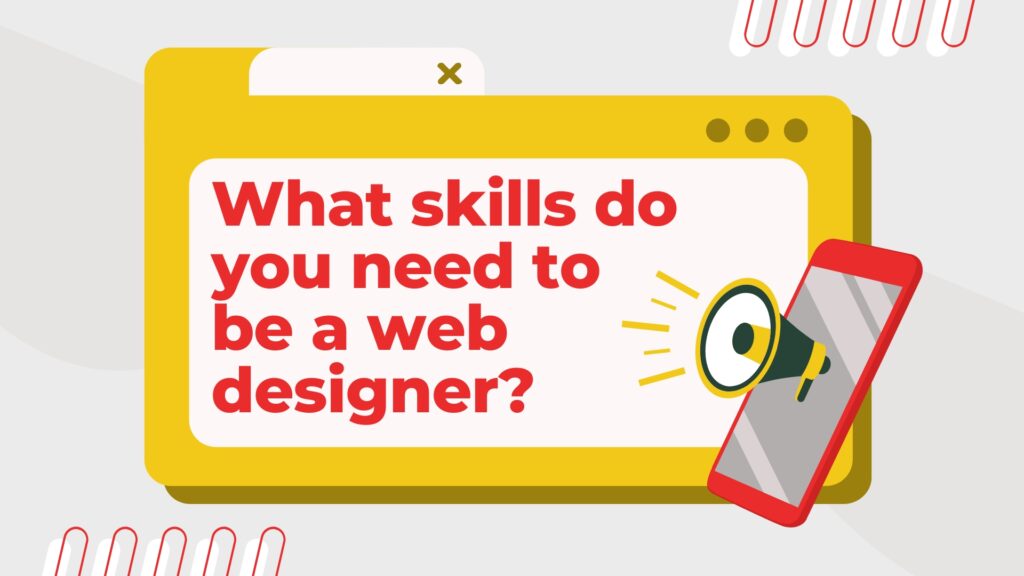
What skills do you need to be a web designer?
To be a successful web designer, you need a blend of technical and creative skills. These include proficiency in HTML and CSS for effective web page creation, knowledge of responsive design techniques to ensure compatibility across devices, and a strong grasp of graphic design principles such as color theory, typography, and layout. Familiarity with tools like Adobe Creative Suite, including Photoshop and Illustrator, is advantageous for creating visually appealing graphics.
Understanding user experience (UX) design and conducting user research enables you to create intuitive interfaces. Basic knowledge of JavaScript allows for interactivity and dynamic elements. Familiarity with popular content management systems (CMS) like WordPress and SEO principles enhances website functionality and visibility. Collaboration, problem-solving, and attention to detail are essential for working with clients and ensuring high-quality web design. Keeping up with evolving trends and technologies in graphic and web design is crucial for providing cutting-edge services.
Conclusion
This article explores the world of graphic and web design, highlighting their distinct characteristics and importance in today’s digital age. It delves into the key differences between graphic and web design, including technical skills, medium and interactivity, dynamism, DPI and image considerations, typography constraints, ongoing maintenance, and collaboration. The role of a graphic design agency in web design is discussed, emphasizing their contributions in visual identity, layout and composition, user interface design, typography, visual elements, brand consistency, and collaboration with web developers. The article also addresses the question of which field is better suited for individuals based on their interests, skills, and career aspirations. Finally, it suggests visiting the website “Be Unique” for further resources, tutorials, inspiration, and pricing information related to graphic and web design.
White Label Web Design
FAQ
Web design allows for interaction and user engagement, while graphic design primarily involves static visuals without interactive elements.
Graphic and web design intersect and collaborate in various ways. They work together to maintain visual consistency, enhance user experience, and establish branding identities. Graphic design establishes branding elements and visual styles, which are then incorporated into web design to create a cohesive and recognizable brand identity across different online platforms.
Web design requires continuous maintenance and updates due to the evolving web environment, while graphic design projects are typically considered complete once they are sent for printing.
If you like working solely on digital projects and enjoy programming, web design might be your best choice. If you enjoy designing for print projects and having more freedom to express your artistic ideas, you might be better suited for graphic design.



